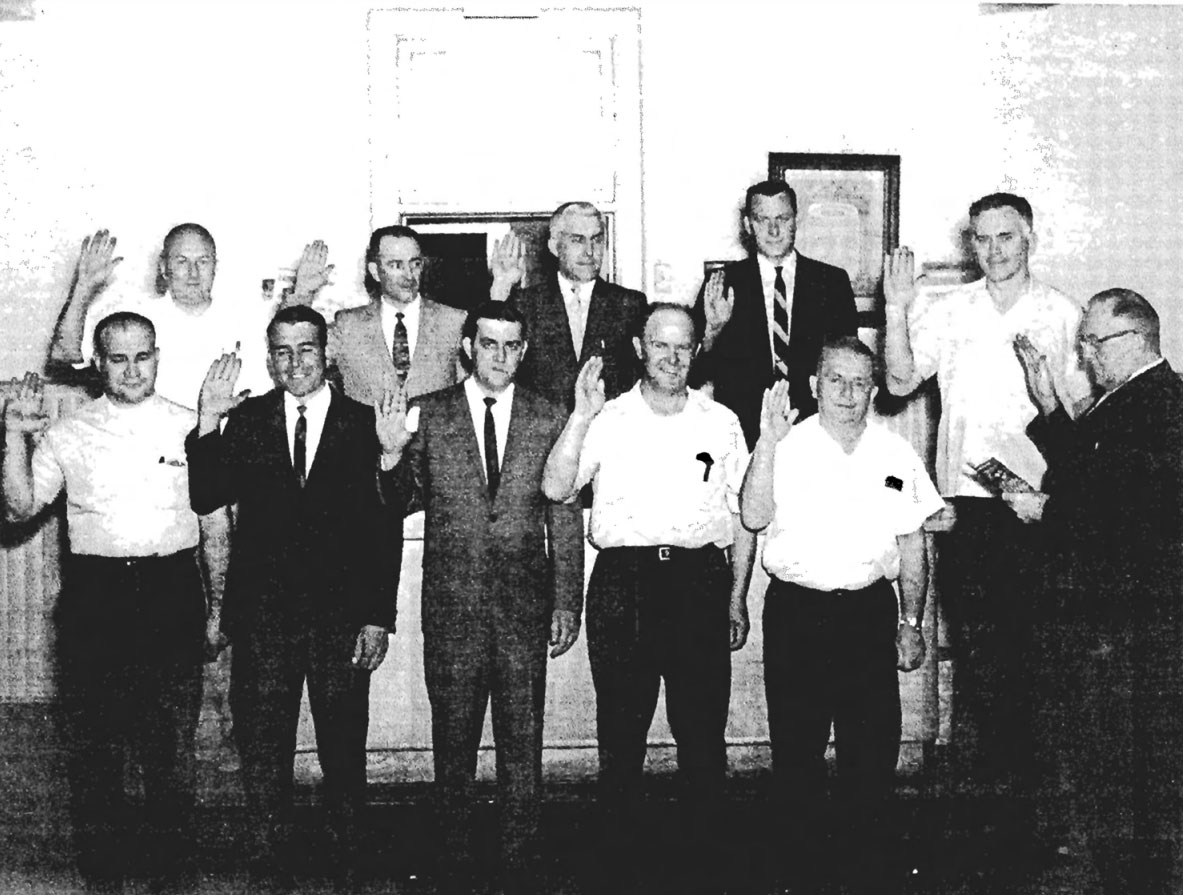IBEW Local Union 163’s History

Founded on Nov. 28, 1891
Founded on Nov. 28, 1891, the International Brotherhood of Electrical Workers (IBEW) is the oldest and most extensive electrical union in the world, existing as long as the commercial use of electricity. From the beginning, workers realized the importance — and danger — of electricity. As the industry grew, electricians began to organize themselves and set the stage for increased safety measures, fair pay and a better standard of living.Our founding dates back to the late 1800s and IBEW Local 52
IBEW Local 52 was chartered in Wilkes-Barre on June 23, 1893.

Officers of Local 52
President — W.B. Coe
Recording Secretary — W.F. Barber
Financial Secretary — B.M. Lewis
The Need for Organized Labor
The demise of Local 52 likely started with the financial panic and the crash of the New York Stock Exchange on May 5, 1983. As the year progressed, thousands of businesses failed, as factories closed their doors and as many as 4 million workers became unemployed. By the end of 1893, the U.S. was engulfed in its worst depression up to that time. Within the next two years, the IBEW saw 29 Locals go under, as during this period, employers took advantage of the depression to lower wages and dismiss union workers.
During the second half of the 1800s, the U.S. was transformed from an agricultural economy to an industrial nation – and it occurred at the expense of workers.
Corporations discouraged workers from joining unions and formed associations who compiled black lists of certain workers deemed undesirable for a variety of reasons such as a worker was a labor organizer or because a worker belonged to a union. The black list was circulated throughout an entire industry and eventually all over the country. No man whose name appeared on such a black list could get a job.
Many employers also required workers who applied for a job to sign a written agreement not to join a union. The workers called these agreements yellow-dog contracts. A worker who violated such a contract promptly lost their job.
Sometimes private detectives posted as workers and joined unions in order to report strike plans to employers, and expose union leaders.
Throughout the nation, workers slowly began to realize their working conditions and pay needed to improve.
In 1879, Thomas Edison invented the first successful incandescent lamp and on October 23, 1886, incandescent lighting was used for the first time by the city of Wilkes-Barre.
By 1900, there were no income taxes, no vitamins, no penicillin and women could vote in only four states. Boy Scouts and 4-H clubs did not exist – neither did motion pictures, radios, televisions or airplanes. Automobiles were still curiosities and often referred to as horseless carriages.
Furthermore, there was no IBEW Local in the city of Wilkes-Barre. There was, however, an ever-increasing demand for workmen with the necessary skills to perform the tasks involved in the installation of telephone, telegraph, trolley lines and street lighting. Industry and commercial establishments were putting electricity to work, and the more affluent homeowners were replacing the oil lamp and gas light with the “magical servant” for the purpose of illumination.
It was evident the industry would continue to expand and, in turn, provide additional employment opportunities.